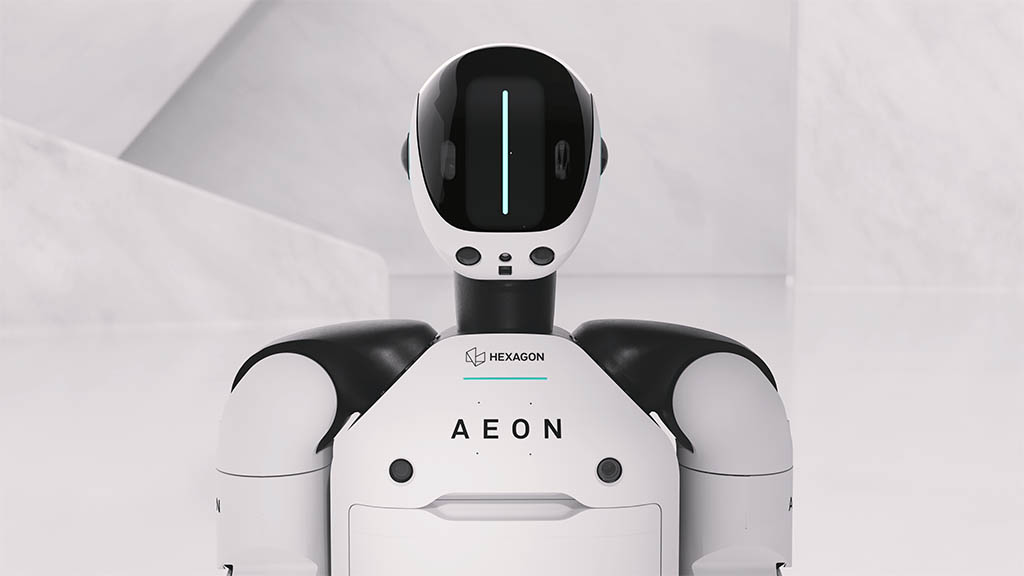A Chinese company claims to have developed the world’s first humanoid robot capable of running on its own and swapping its batteries when needed.
Robotics firm UBTech, headquartered in Shenzhen, says its humanoid bot can autonomously complete battery replacement in under three minutes without shutting down, allowing it to operate continuously with minimal human intervention.
The firm, the first humanoid robot maker to list on the Hong Kong stock exchange, said in an X video last week its Walker S2 robot supported battery swap, making it the first of its kind in the world.
The video shows the robot walking over to a charging station, removing the battery from its back, inserting it into a charging dock, and installing a fresh one.
Local media reports suggest the robot monitors its power levels and swaps batteries when needed. The humanoid bot is equipped with power balancing technology and a battery designed to plug in like a USB stick, making it easy to insert and remove.
In a post on X, UBTech described Walker S2 as “the world’s first humanoid robot capable of autonomous battery swapping” and said it was developed to support “24/7 non-stop working”.
The company previously said it was collaborating with electric vehicle manufacturers like Nio and BYD to test and utilise their humanoid robots on production lines.
In February, an earlier version of the robot, Walker S1, participated in AI event LEAP 25 in Saudi Arabia, demonstrating it could perform multitask functions like handling and sorting parcels.
The company, however, has not yet announced a target for large-scale production of Walker S2.
Shenzhen is home to over 1,600 robotics companies, which promote the use of robotics across China’s industries.
China has risen to third on the list of countries using most robots in manufacturing, behind only South Korea and Singapore.
According to a 2024 report by the International Federation of Robotics, China uses 470 robots per 10,000 employees, far surpassing industrial powerhouses like Germany and Japan with, respectively, 429 and 419.














